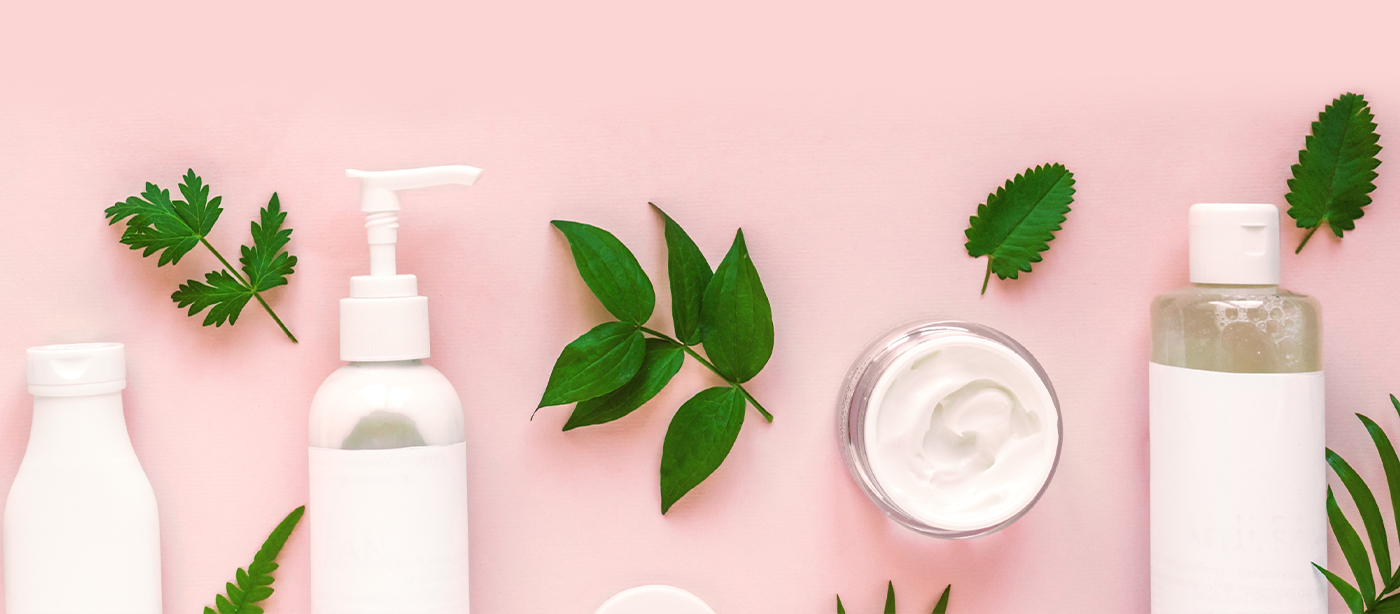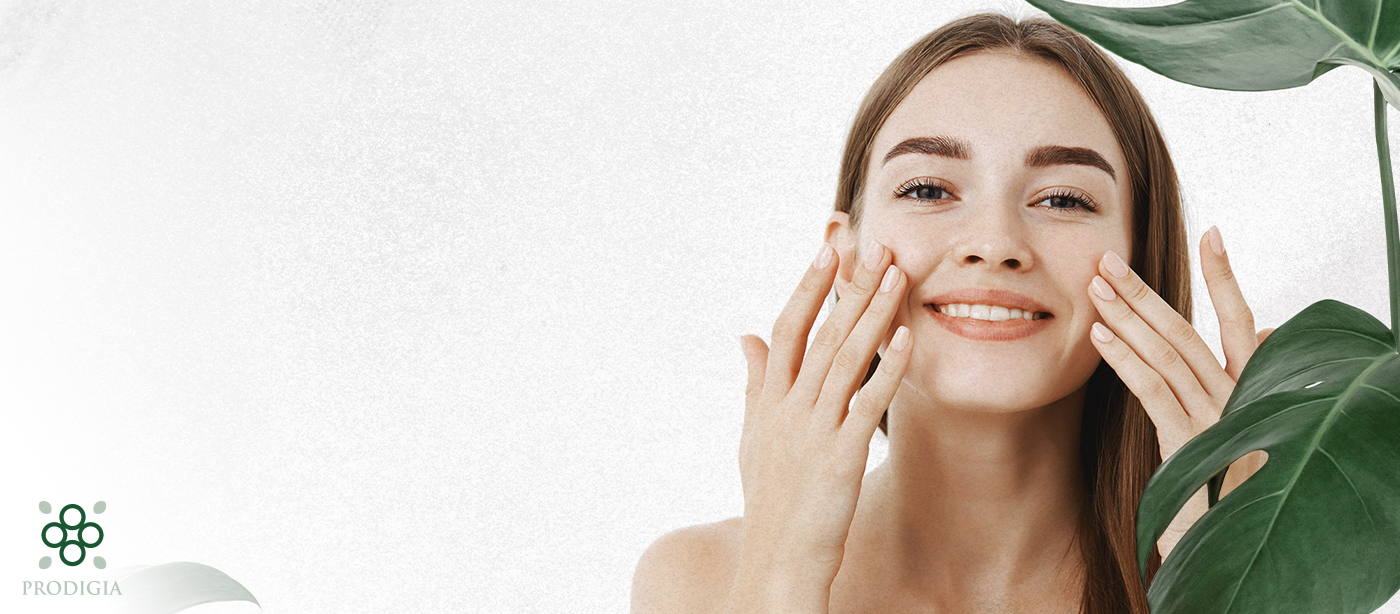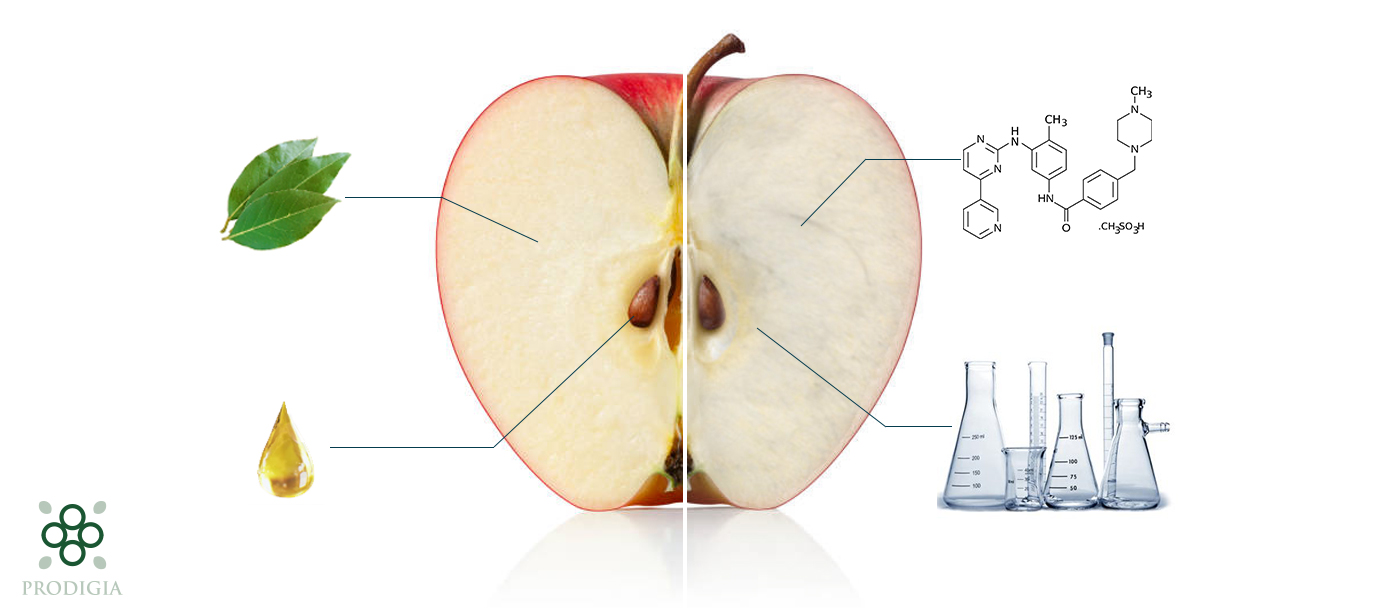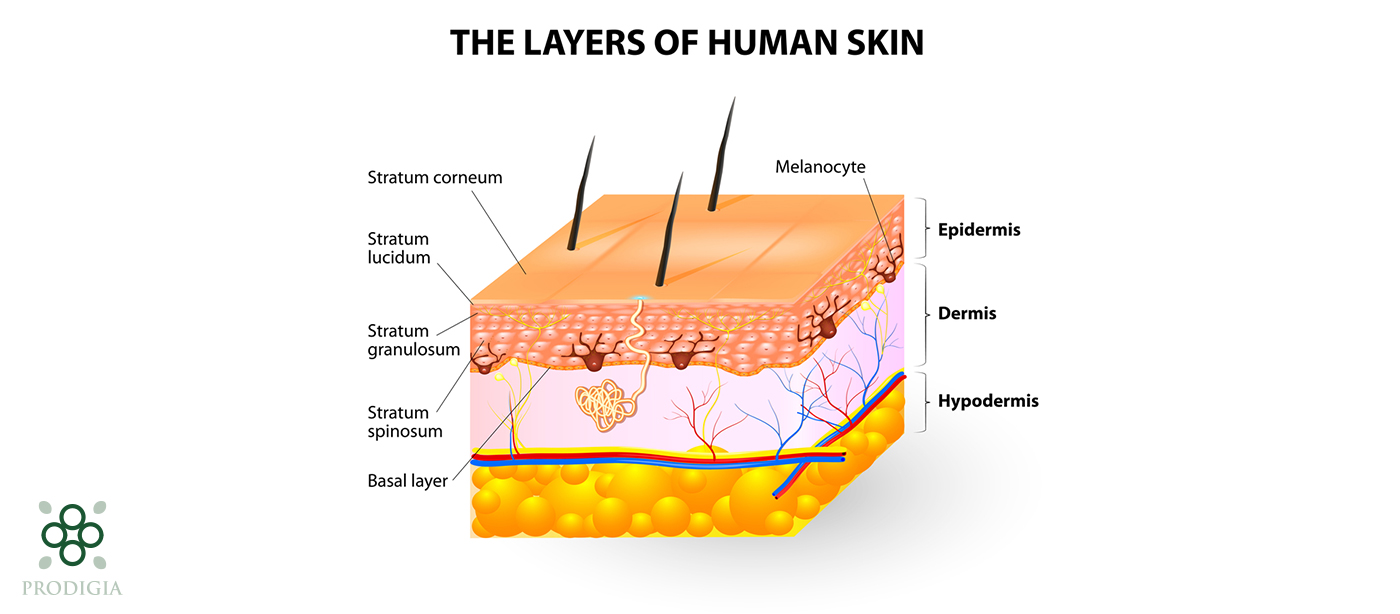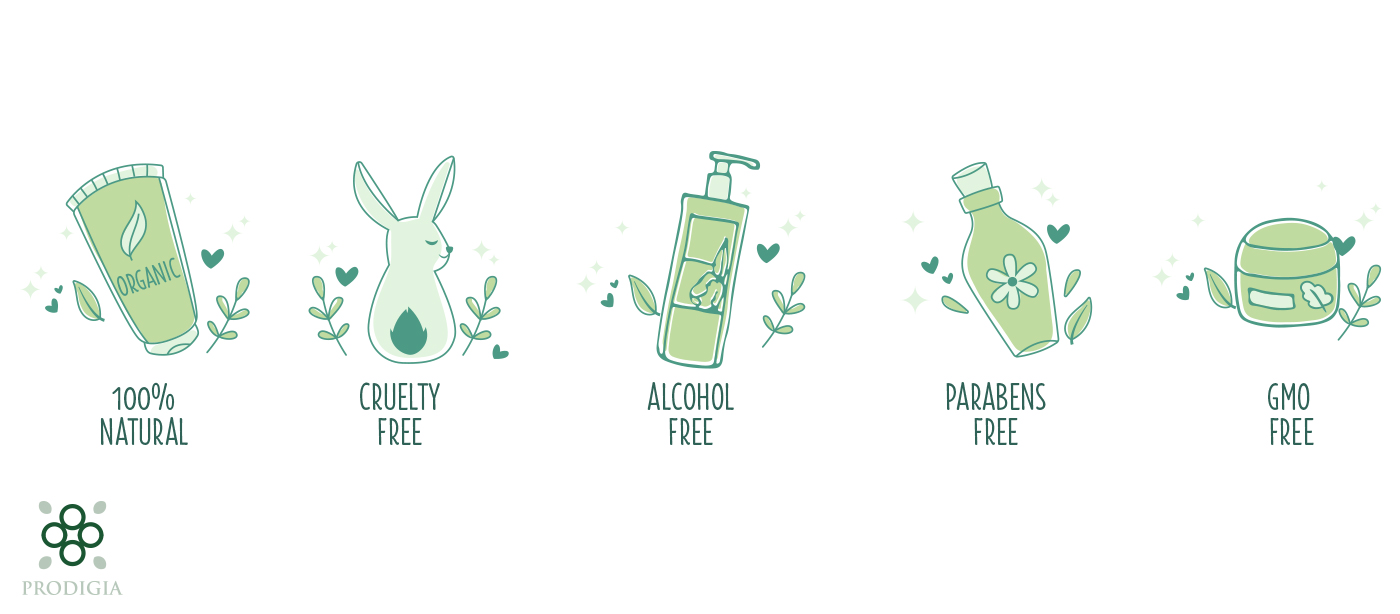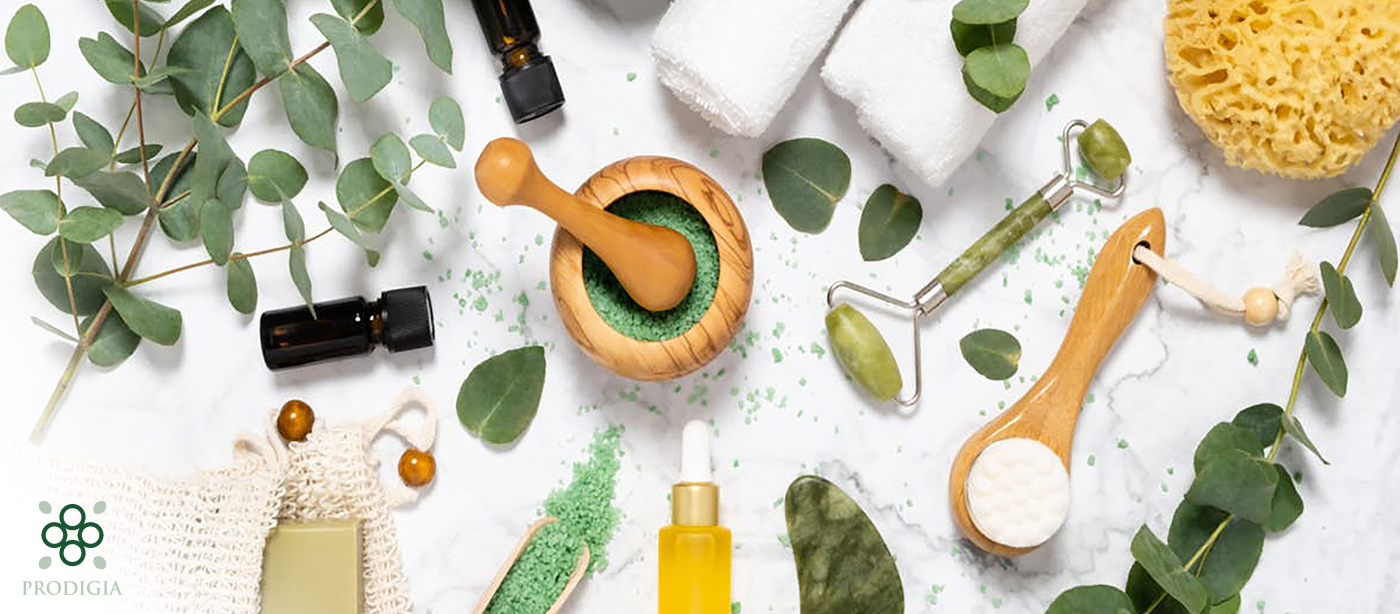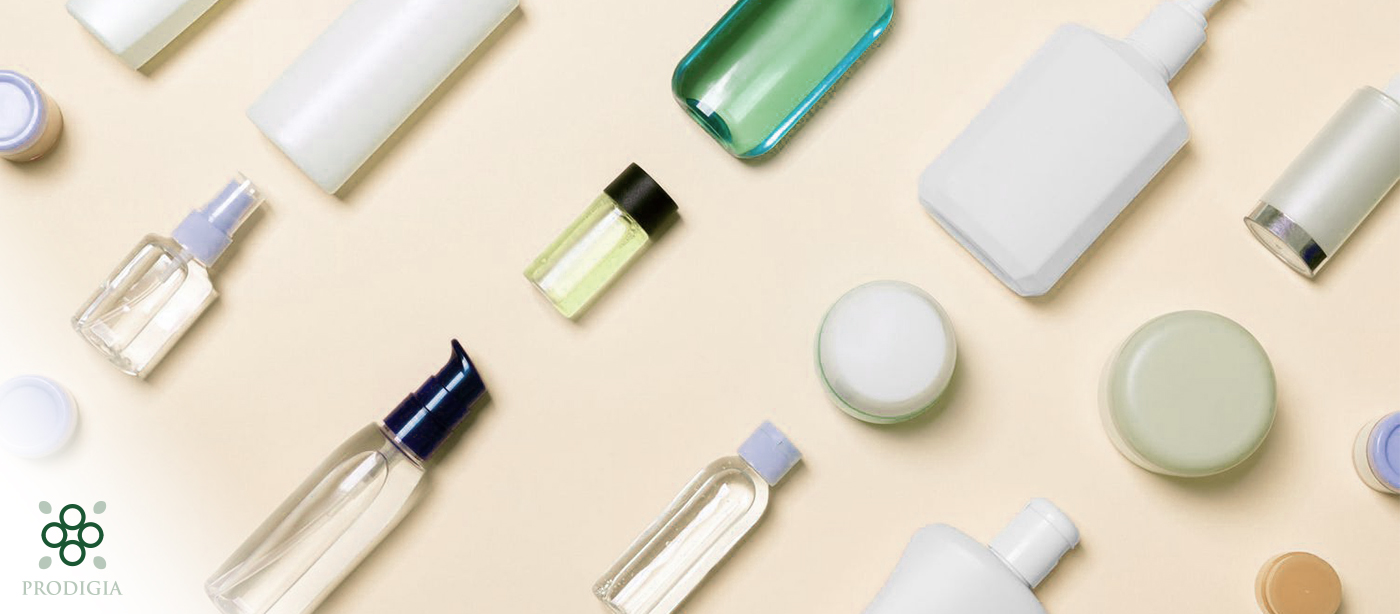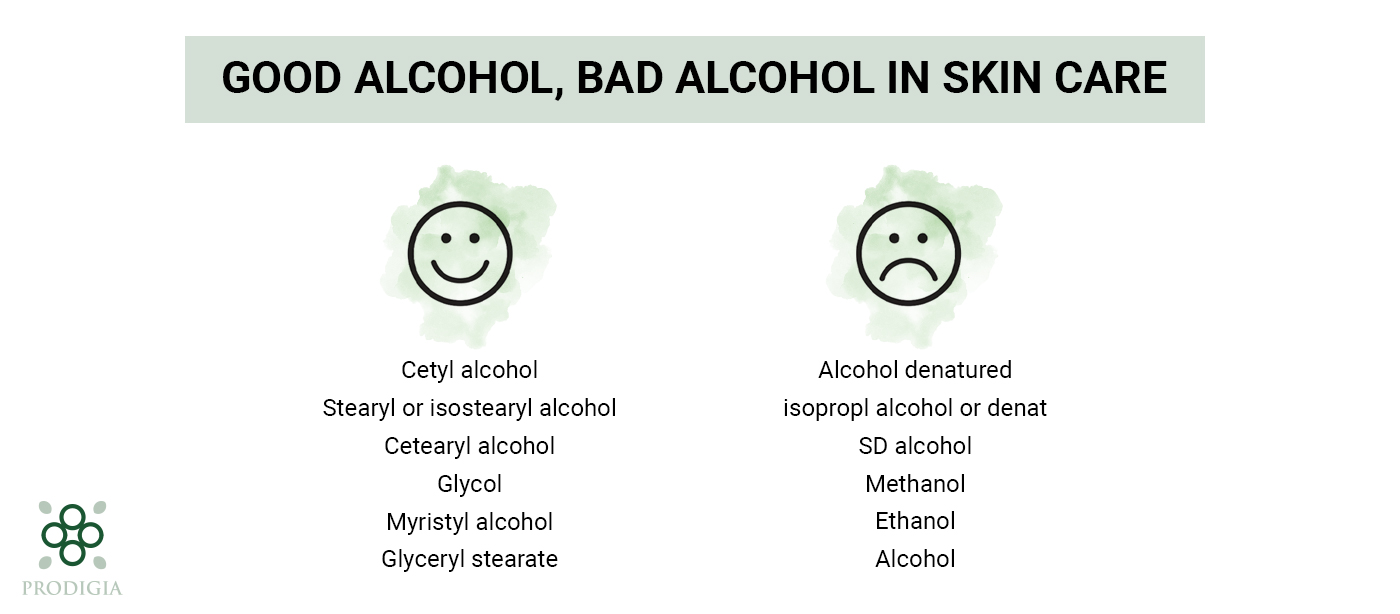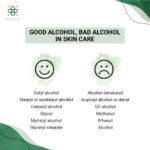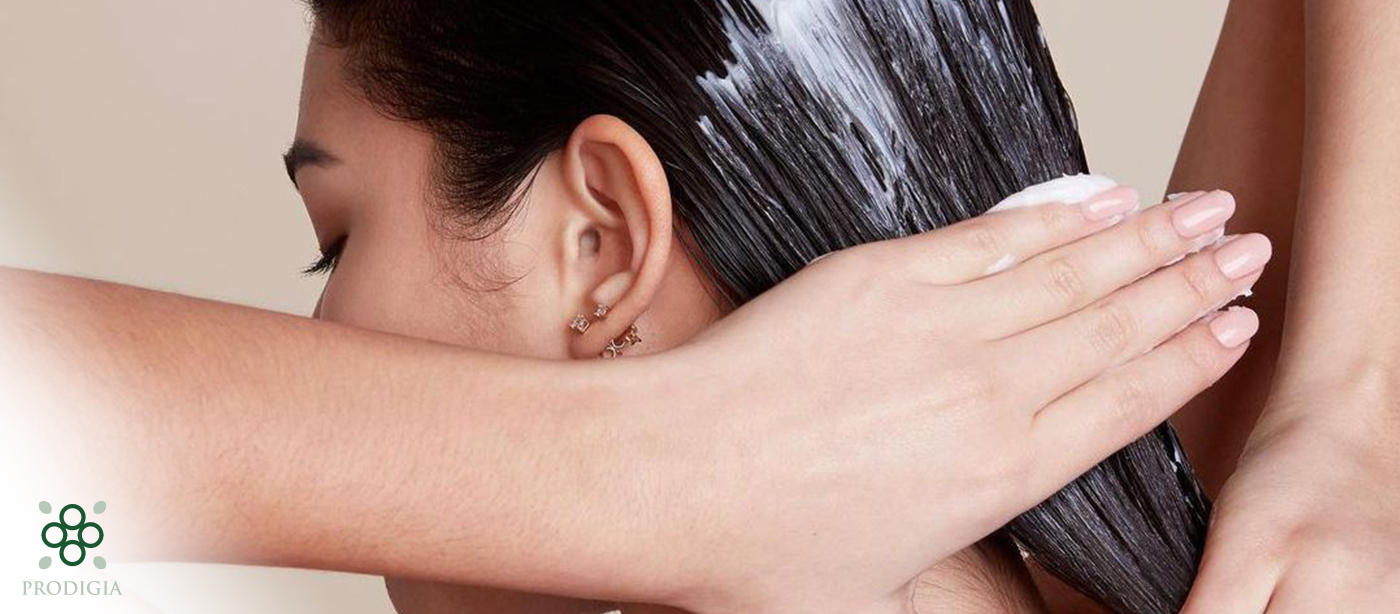While the cosmetics industry, its trends, and its beauty standards have long been dominated by major global brands, recent years have seen the rise of a new force in the beauty world: independent cosmetics brands. These daring companies have conquered the hearts of consumers by offering unique, authentic and environmentally friendly products. In this article, we will explore the emergence of these independent cosmetic brands, the reasons for their growing success, and the challenges they face.
Before we dive deeper into this topic, let’s clarify what an independent cosmetics brand really is. In simple terms, an independent cosmetics brand is a business that operates on its own, without being affiliated with a large corporation or conglomerate. These brands often operate on a small scale, focusing on quality rather than quantity. Unlike traditional big brands, independent brands are often the fruit of the passion and vision of their founders.
Today’s natural cosmetics enthusiasts are increasingly aware of the ingredients present in the cosmetic products they use. They are looking for natural alternatives without harmful ingredients for their skin and the environment. Independent cosmetic brands have been able to meet this demand by offering cleaner formulations that respect nature and care about the health of their customers.
Large brands can seem impersonal and standardized, as consumers increasingly seek personalized and authentic experiences. Independent cosmetic brands have the advantage of being able to interact directly with their customers, establishing closer ties and creating a unique experience.
Social networks have radically transformed the way cosmetic brands promote themselves and reach their audience. As a result, independent brands that have seized this opportunity have been able to capitalize on this boom. By using digital platforms to tell their story, they share their ethos and create a loyal community of supporters.
Due to their smaller size, independent brands can spend more time and effort researching and developing higher quality products. Their commitment to innovation and creativity often results in unique formulations and high performing products.
Independent cosmetic brands are often pioneers when it comes to sustainability and ethics. They care about the environmental impact of their production, favoring eco-responsible packaging and nature-friendly manufacturing practices.
The benefit of being a small-scale business is the ability to build closer relationships with customers. Independent brands place a high value on customer satisfaction, offering personalized and attentive customer service.
Independent cosmetics brands have to compete with industry giants who have huge marketing budgets and global recognition. Nonetheless, their unique differentiation and commitment to ethics sets them apart.
Small-scale production can sometimes be a challenge for independent brands, as it can lead to higher costs. Likewise, distribution can be more complex, but strategic partnerships and online sales channels can help overcome these obstacles.
Establishing a significant presence in the market requires constant efforts to increase brand awareness and gain consumer trust. Well-thought-out marketing campaigns and transparent communication can be crucial to their success. Discover our article on Digital Marketing in the world of cosmetics.
At Prodigia, our formulas are composed of at least 95% natural ingredients and are developed in accordance with Cosmos standards.
Need advice? Contact Prodigia!

